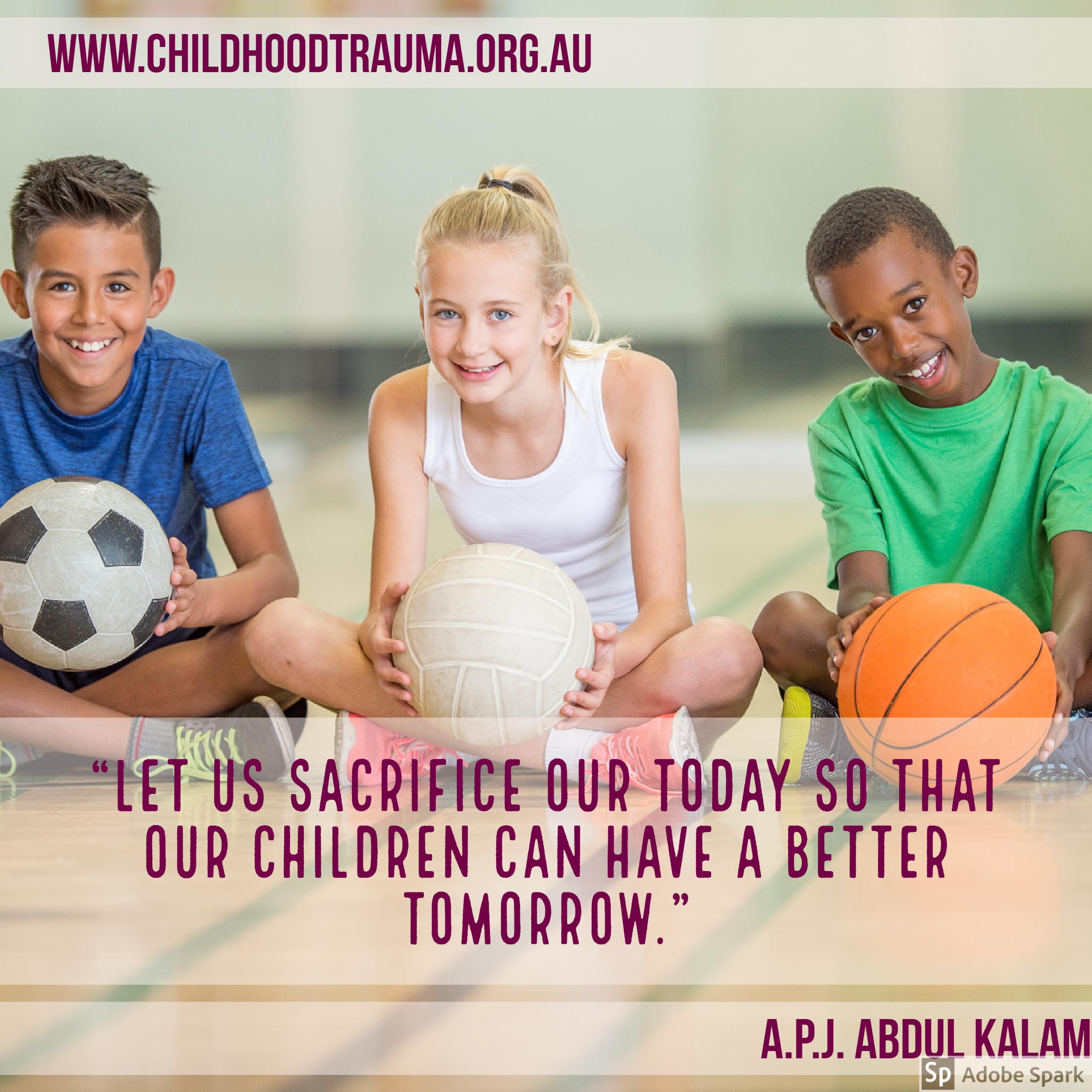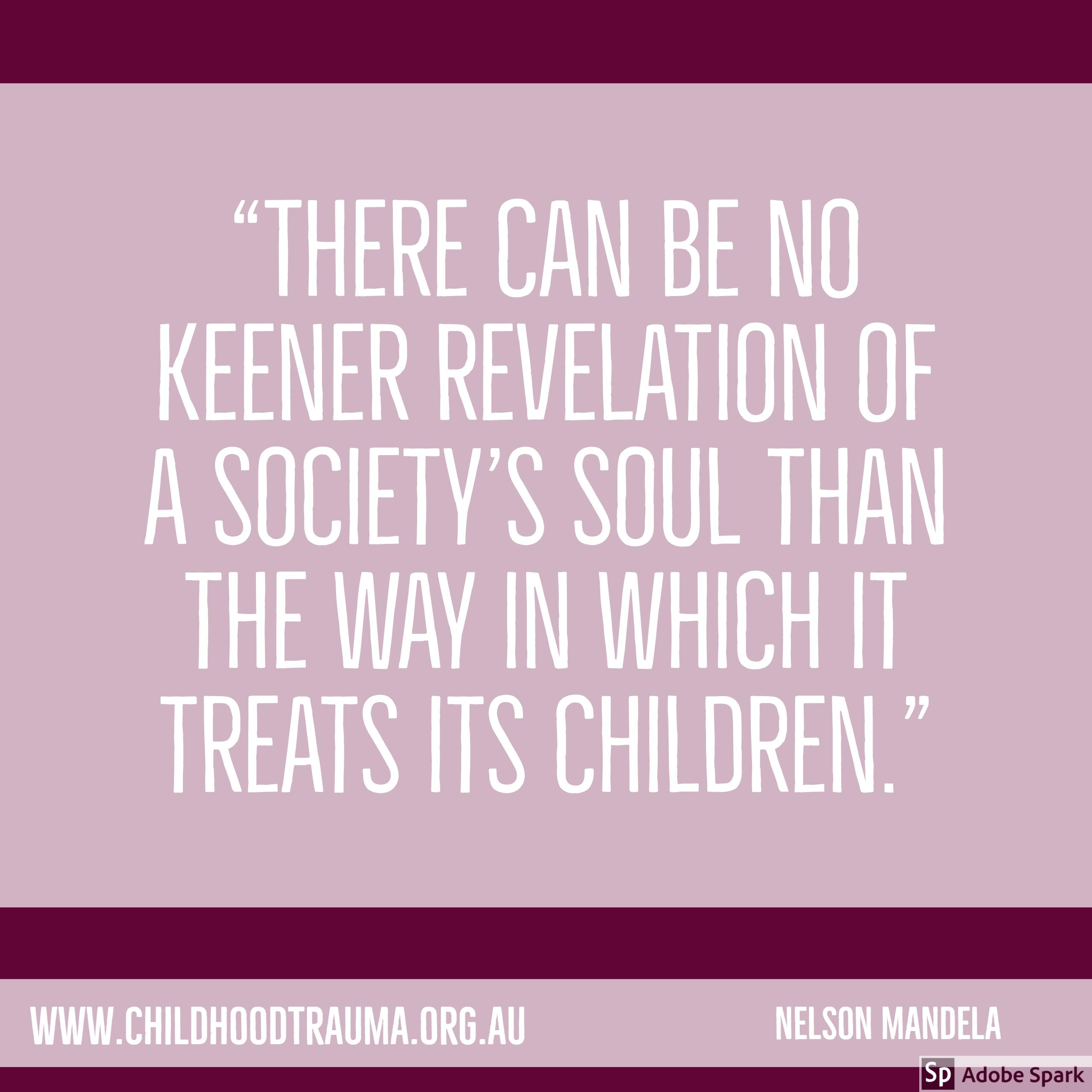
Western Australia’s 9 Child Safe Domains
“Let us sacrifice our today so that our children can have a better tomorrow.” A.P.J. Abdul Kalam¹
In 2014 the Commissioner for Children and Young People in Western Australia embarked on developing a governance framework to assist organisations to create and sustain a safeguarding culture for children and young people. This was largely influenced by the Royal Commission into Institutional Responses to Child Sexual Abuse and other inquiries that had occurred in Australia. Thorough scoping was done through engaging organisations, children and young people and input from other states.
governance framework to assist organisations to create and sustain a safeguarding culture for children and young people. This was largely influenced by the Royal Commission into Institutional Responses to Child Sexual Abuse and other inquiries that had occurred in Australia. Thorough scoping was done through engaging organisations, children and young people and input from other states.
Below are nine domains, each with a summary, the WA Commissioner for Children and Young People thought pertinent to guide organisations in moving towards creating and sustaining a safe space for children and young people.
1. Leadership, governance, and culture
- Safeguarding children and young people need to be embedded in organisational strategic and operational governance. This includes developing safeguarding policies and procedures, managing risks, equity and diversity and clearly defined guidelines on reporting child abuse.
- ALL personnel across the organisation need to commit to keeping children and young people in their care safe from abuse of any kind
- An organisational safeguarding culture needs to be at the forefront of service delivery
2. Empowering children to participate
- Children are included in developing and creating a child-safe space
- Children are empowered through information sharing to keep themselves safe and report any form of abuse without bias
- Children are given the opportunity to develop within their own right regardless of culture, gender, age and or disability
3. Involving family and community
- Involve parents and carers in overall service delivery to their children
- Encourage discussion and feedback to ensure collective involvement and continuous improvement
- Readily provide and share information that is clear, concise and easy to understand
4. Child safe and friendly policies
- In order to create a child safe environment, organisations need to develop policies that outline the following:
- Organisational commitment to safeguarding children
- Code of Conduct for all personnel and process detailing consequences to breaches of the Code of Conduct
- Reporting obligations
- Child protection awareness training
- Policies need to be understood and accessible to all personnel and stakeholders involved in service delivery.
5. Managing staff and volunteers
- Organisations are to ensure the most suited applicant is employed. To achieve this, the following need to be considered:
- A clear statement of commitment to safeguarding children and young people need to reflect throughout the recruitment process
- All policies relating to safeguarding children and young people, be included in the induction pack
- Recruitment needs to include stringent screening through criminal history checks, proof of identification, authentication of qualifications and comprehensive referee checks
- Cultural inclusivity
- Ongoing support and supervision to keep safeguarding at the forefront of work practices, and opportunity to exercise disclosure without bias
6. Safe environments, physical and online
- Through assessment of risk, create an environment that promotes child safety by focussing on interaction with children highlighting visibility, off site activities, online environment, access to children and privacy.
7. Child-friendly complaints process and reporting
- Organisations are to ensure the feedback/complaints process is easy to access
- Children need to feel heard, respected, taken seriously and that an appropriate process of response will ensure their concern/complaint will be acted upon
- Support others to lodge concerns or complaint on behalf of the child
8. Education and development
- Comprehensive and specific training be delivered by skilled facilitators
- All staff and volunteers to be educated on the definitions of child abuse, child – and child sexual development, child safe policies, procedures, and reporting processes
- All staff and volunteers to be trained in responding to disclosures
- Organisations to provide training and resources to support participation of children, young people, families, and communities
- Training resources be evidence-based, easily accessible and frequently reviewed
9. Continuous improvement
- Review all policies and procedures and keep up to date with changes to safeguarding practices
- Consider how the nine domains impact the organisation, its existing processes, standards, quality systems, and improvement mechanisms
- Maintain safeguarding children and young people at the forefront of service delivery by regularly reviewing policies and procedures and continuously highlighting a child-safe culture
- Ensure policies and procedures are dated and changes brought to the attention of staff and volunteers
- Thoroughly review complaints and build on mitigating risks and improving service delivery
- Implement either internal or external audits
 The Australian Childhood Foundation’s Safeguarding Children Program has at the heart of its program 7 well-researched child safe standards, which underpins and guides the implementation of the program across Australia. The outcome of comparative analysis perfectly aligns the program with the 9 domains as set out by the WA Commissioner for Children and Young People.
The Australian Childhood Foundation’s Safeguarding Children Program has at the heart of its program 7 well-researched child safe standards, which underpins and guides the implementation of the program across Australia. The outcome of comparative analysis perfectly aligns the program with the 9 domains as set out by the WA Commissioner for Children and Young People.
Safeguarding Children Program is very excited to have onboard organisations in Western Australia, namely, Parkerville Youth Centre, MercyCare, St Vincent De Paul and YMCA. These organisations are committed to building their capacity to safeguard children and young people in their care and respond appropriately to any forms of abuse/exploitation by staff, volunteers or other relevant individuals associated with the organisation. We wish them well on their journey!
“There can be no keener revelation of a society’s soul than the way in which it treats its children.” Nelson Mandela.²
Resource: Commissioner for Children and Young People, Western Australia: Child Safe Organisations, WA, Guidelines, April 2016
- Avul Pakir Jainulabdeen Abdul Karam: 11th President of India from 2002 – 2007
- Nelson Rolihlahla Mandela: 1st post-apartheid President of South Africa from 1994 – 1999
